Devin Lawrence Explains the Specifics Behind Sympathy, Said the Shark

If you’ve watched an episode of “Ghost Adventures” on the Travel Channel at all over the past few years, then you’ve more than likely seen Devin Lawrence’s work in action, acting as the show’s editor alongside show lead-man Zak Bagans, and now they’ve collaborated once again on a full-length feature titled Sympathy, Said the Shark.
Devin was gracious enough to grant us an interview regarding the new film and his working relationship with Zak, so settle in and enjoy!
DC: For the people who might not be aware of the film, can you give us the details about its conception, plot, etc?
DL: It’s kind of interesting from a filmmaking perspective – I’d had 2 or 3 features getting really close to being greenlit, and then for one reason or another, we couldn’t secure the right cast, or one film took place in the dead of winter and we missed the weather and we had to cycle back through, or we couldn’t secure all of the funding at the moment and things were going into turnaround, and it was extremely frustrating, and it’s obviously a minor miracle that any movie ever gets made. So this had happened, and we were like, “What do we do next?” It was almost out of spite that I said, “You know what? I’m going to make a movie that can be shot anywhere, at any time, for any amount of money.” Out of that initial construct of doing it, there was this objective around me, and then with the concept, it made the story more about the characters and their relationship from the start of the story from a really good organic place.
Related Story: Zak Bagans Talks Ghost Adventures Season 11, The Demon House, and Sympathy, Said the Shark
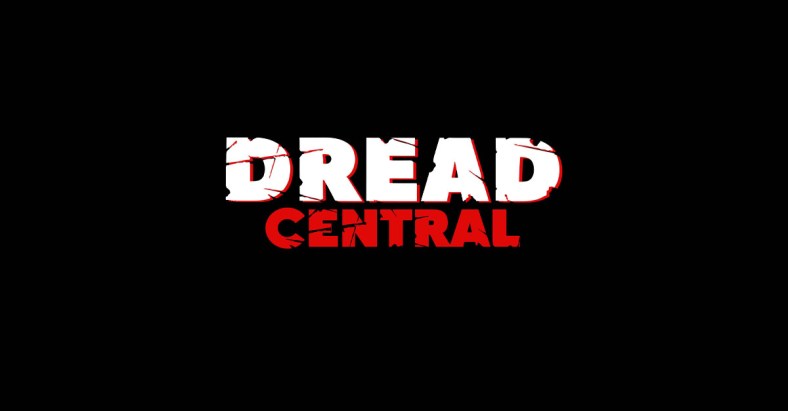
I was also thinking a lot about perspective, and the way we ingest information, and what we see and hear from our perspective, and how we see it from that view. From that, I was able to create something with the characters in a unique and interesting way, and that’s the way the film is shot: with 85% of it from the perspective of these three characters, and that came about in the story’s elemental stage. We see it from their view, with a slight overlap of time, and when that overlap happens to another character, we see or hear something that the previous character missed – there’s a clue, or a line that might change your perspective on who’s good or who’s evil, or what’s really going on in this situation. The core of the story is this dark, twisted love triangle that unravels over the course of the film, and at the same time there’s a more questionable kind of threat – a darker physical threat that’s coming down upon the house. On top of that, we’ve got Lea Coco playing our lead, and he right now is in Sinister 2!
DC: With this being your first full-length feature, what was the filming like – any complications?
DL: The big thing was throughout the development stage, and treatment and writing the script, I had in mind in the story the way we were going to switch each different person’s perspectives, and it was important for me at that stage to not make it gimmicky with the POV device – if it was going to be used, it had to be really inherent, and important to telling the story, and not to be just another visual gimmick. So I think actually writing the POV in the script helps to feel how these people see what’s going on, and how it affects them, so the device was ingrained in the script, but it was always a question of, “Will this actually work?” We were faced with that from the beginning, and we kept pushing it to see if we can make it happen, and my longtime friend and director of photography, Mark LaFleur… I brought him on early on when we were discussing how to film this and make sure we did it right – for the amount of time we were going to be using the POV, we didn’t want it to be too jarring or distracting, and giving people motion-sickness. We didn’t want it to take people out of the film, so developing the special rig was a huge component – finding the right camera, one that would work on a helmet, trying out different stabilization measures.
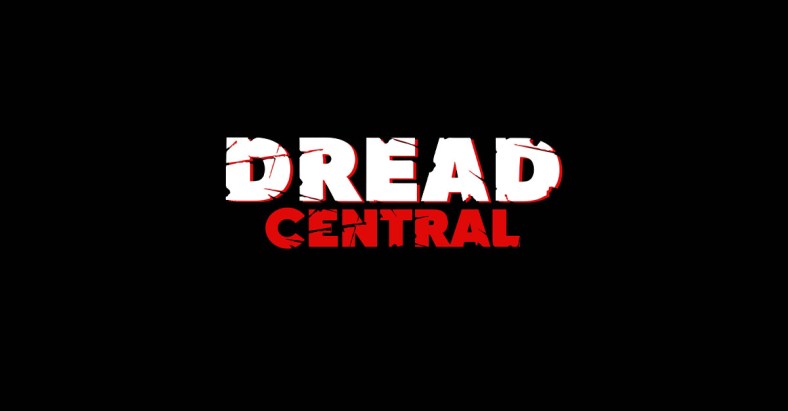
It was important for me from the beginning to have each of the actors wear the rig, because they’d essentially be shooting the film themselves, so the helmet-rig couldn’t be too cumbersome or heavy, and not limit the performances – you see in some other POV movies, there’s a kind of disconnect between the person with the device on, and what they’d be seeing – I thought it never felt honest, so I wanted to make it as personal as possible between the person and who they were interacting with. So for some parts of the film, for the two male characters, our director of photography is actually dressed in their costumes, wearing the device, and he’s being shadowed by the actor he’s portraying.
DC: What can you tell us about your working relationship with Zak Bagans?
DL: Everyone’s obviously a big fan of Zak and “Ghost Adventures,” and here’s how we got him involved: Early in development after I’d had the script – now I’ve been working on the show since Season 2, so for five or six years I’ve been working with Zak, and we’ve had a really great relationship – so once I had the script, I brought it to him, and he just having this love of doing things different – pushing boundaries and doing something innovative, I had a feeling he’d be interested, and when I told him about the project, he immediately got behind it. That obviously was a huge thing for him to come on as an executive producer and be a part of the film, and to get it made on the level that it was. It also was his first involvement in a narrative film, so it’s been great teaming up with him as well as outside of the show.
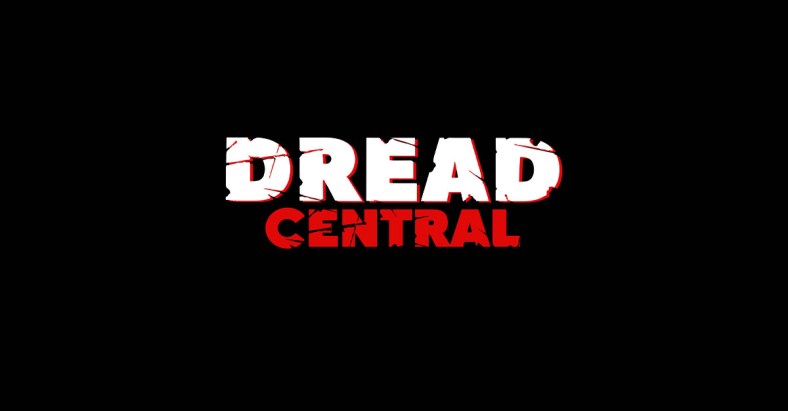
DC: So how did the title come about – a little unusual for a thriller/horror film?
DL: (Laughs) Yeah, it is a little unusual, and it does have an explicit meaning to the film in a weird way. Sympathy, Said the Shark, and the concept of a shark, which is a natural predator – it would kill you if it had the chance, so what do you do when the predator is asking you for sympathy. or mercy, or forgiveness when you know that it would do harm to you, and that’s kind of indirectly in our story. The three main characters have all wronged each other in some way, but they’re seeking this forgiveness, and they must reconcile or they all might pay the price, and that’s the concept behind the title.
DC: What is it about this film that scares you, and how will that translate over into scaring the audience?
DL: Well, it’s an emotionally-charged psychological thriller, and what I really like is that the threat and the scares are very real, it’s very visceral. All films are a type of escapism – it’s a ride that you go on, like a roller-coaster – you get in, and it starts off, slowly building steam, and you get to the top before it really takes off, and I like to apply a similar theory to filmmaking where the movie begins in a very natural, organic place – very real world. That’s how Sympathy starts off: a night like any other night, and all of a sudden it gets derailed by this knock at the door, and then it starts taking off to become something that you’d never expect to happen. I feel like a lot of the threats and scares come from it feeling very real, so it makes the smallest thing that much more shocking, and it worked out really well with the POV device, where something like a fistfight feels like a massive battle where you’re right there, locked into it.
DC: After the release of this – what’s next on the slate for you in the future?
DL: Actually, Zak and I have been so ecstatic about how Sympathy turned out, we have already teamed up for another film – Zak is producing and I’m directing. The script is that of a teen-thriller/comedy that’s very intense and it also has a very non-traditional storytelling style. We’ve been investigating these different types of entertaining, thought-provoking storytelling in a very unique way and really trying to push the boundaries. It’s going to be a very fast-paced thrill ride unlike anything you’ve ever seen before.
Written and directed by Lawrence and executive produced by “Ghost Adventures” lead Zak Bagans, the film stars Lea Coco, Melinda Y. Cohen, Dominic Bogart, Nicholas Gonzalez, and Richard Gunn. It was just accepted by the 2015 Portland Film Festival, running September 1st to the 7th, as an official selection.
Synopsis:
A young couple reluctantly answer their door during a rainstorm, and in rushes a soaked, bloodied, and estranged friend who insists that someone is trying to kill him. This triggers a non-stop night that forces all three of them to confront their own darkest secrets as well as an even larger threat that comes knocking.
We are all prisoners of our own subjective views and experiences. The majority of Sympathy, Said the Shark is told from the explicit point of view of its three main characters. Every time the POV switches, there is an overlap of time where we see or hear something that the previous character missed, thus continuously changing the opinion of who’s good, who’s bad, and what is really going on…
For more information follow Sympathy, Said the Shark on Twitter (@SSTSmovie).
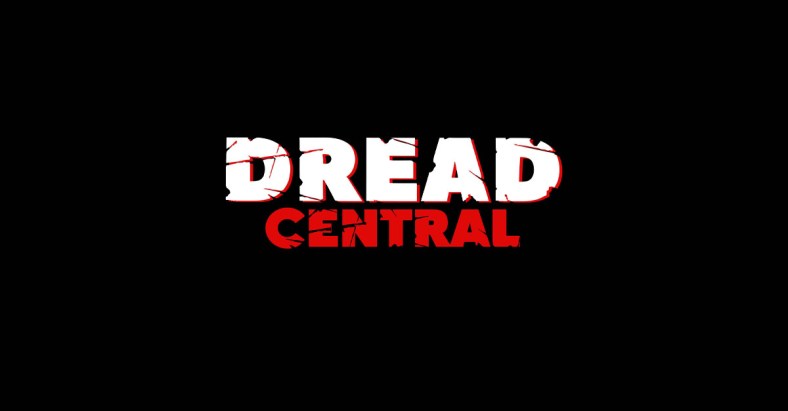
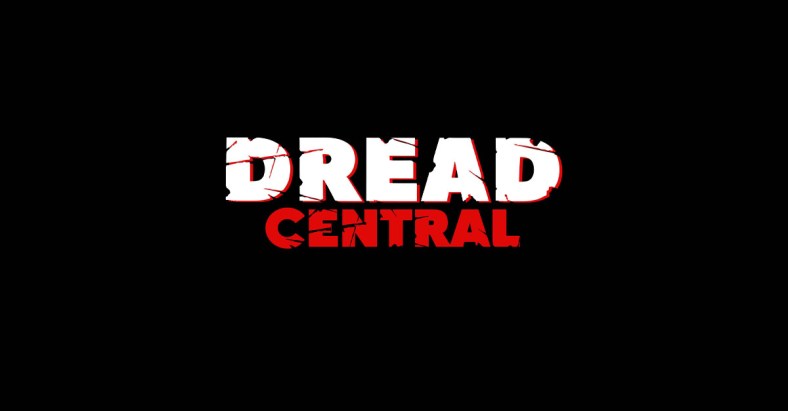
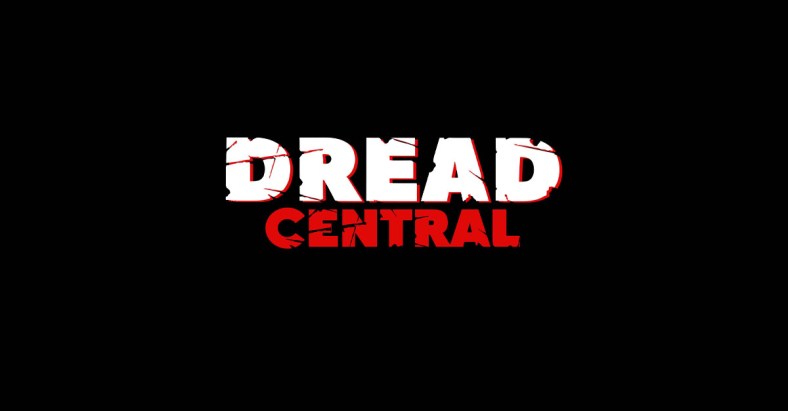
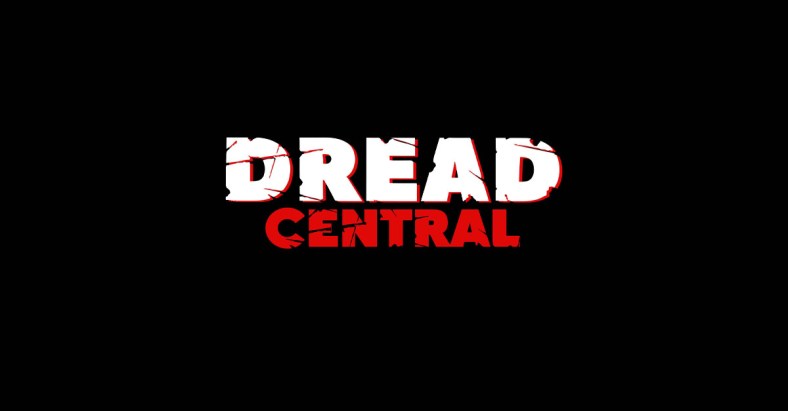
Categorized:News

